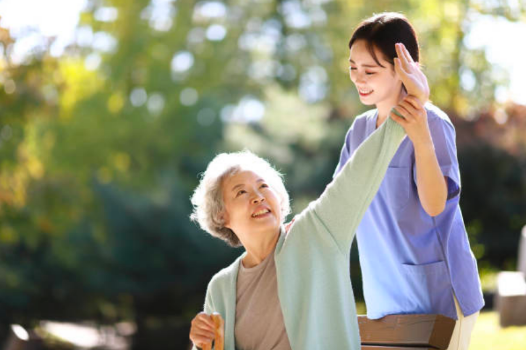
Urinary incontinence is the involuntary leakage of urine. It usually occurs when there is dysfunction of the bladder or pelvic floor muscles of the body. It can be characterized by something as simple as losing a few drops of urine while coughing or sneezing (stress incontinence), or getting a strong, sudden urge to urinate even right after peeing (urge incontinence). While it can happen to both men and women, studies show that women are twice as likely as men to suffer from this because of the inherent differences in their anatomy. Urinary incontinence in women often arises during pregnancy, childbirth, at the time of menopause, in other words, health events that are unique to women.
What causes women to have more chances of frequent urination?
Women have shorter urethra than men. The urethra is the tube that carries urine from the bladder to outside of your body. The female urethra is much shorter than that of the male, which means there is less muscle that holds the urine in the bladder until the body is ready to urinate. Any weakness or damage to the female urethra can more likely cause urinary incontinence.
Stress incontinence: With stress incontinence, physical activities like exercising or coughing, sneezing, and laughing can cause urine leakage. Stress incontinence in women is often caused by physical changes to the body, such as:
Childbirth - Especially vaginal birth, labor and childbirth can weaken pelvic floor muscles and damage the nerves that control the bladder.
Pregnancy - As the unborn baby grows during pregnancy, he or she pushes down on the bladder, urethra, and pelvic floor muscles. This pressure may weaken the pelvic floor muscles over time and lead to urinary incontinence.
Menopause - After menopause, women have low levels of the hormone estrogen, which some researchers think may cause the weakening of female urethra.
Mixed incontinence: This is characterized by symptoms of both urge incontinence and stress incontinence. It is most commonly seen among older women
.
What are the options for women to manage urinary incontinence?
There are certain recommendations that doctors give to women to help manage their urinary incontinence:
- Kegel exercises. Kegel exercises strengthen the pelvic floor muscles that support the uterus, bladder, and small intestine. Kegel exercises can also be done during pregnancy or after childbirth to try to improve symptoms of urinary incontinence. To do Kegel exercises, pretend you are trying to stop the flow of urine or trying not to pass gas. When you do this, you are contracting the muscles of the pelvic floor. You can do Kegel exercises any time, whether you're sitting at your desk or relaxing on the couch.
- Pessary. These are silicone or rubber devices that are placed inside the vagina and pushed up against its walls. This puts pressure on the urethra in order to keep it in its normal location, helping to reduce stress incontinence. For women travelling for long hours, you can use pessaries to keep you dry.
- Bladder training. Gradually change your urination habits through bladder training. Practice delaying urination when you feel the urge to pee. Hold it for five minutes or so, then gradually increase the amount of time by 10 minutes, until you are able to control your urination.
- Incontinence products. The use of incontinence products, such as adult diapers, is the quickest approach to manage urinary incontinence. There are various products nowadays that have features that offer convenience and comfort as well as leak protection based on the severity of the condition. For those who are active and mobile and with light incontinence, Hy Pants Absorbent Underwear is a better option. It’s a form of pull-up pants worn just like underwear. Its slim absorbent pad allows the wearer to move comfortably and worry-free. For those who are active and experiencing moderate to heavy incontinence, you can try Secure Adult Pull-Up Pants. Also worn like underwear but has a more absorbent pad. For the less mobile, such as the elderlies, Caress Adult Diapers are the preferred option. It has a Liquid Distribution Layer that locks in liquid for a dry and comfortable feeling, antibiosis to prevent the growth of bacteria causing rashes and deodorization that neutralizes urine odor. Another Caress Adult Diaper variant one may consider is Caress Overnight Maxi. It is specially designed for elderlies with heavy to extra heavy incontinence. It has a longer and wider pad for overnight protection allowing your elderly loved ones a comfortable sleep they deserve. Caress underpads is a quick-dry absorbent mat with quilted channels that help soil-proof your beddings. It also helps prevent skin rashes by pulling moisture away from the surface into its absorbent material.
